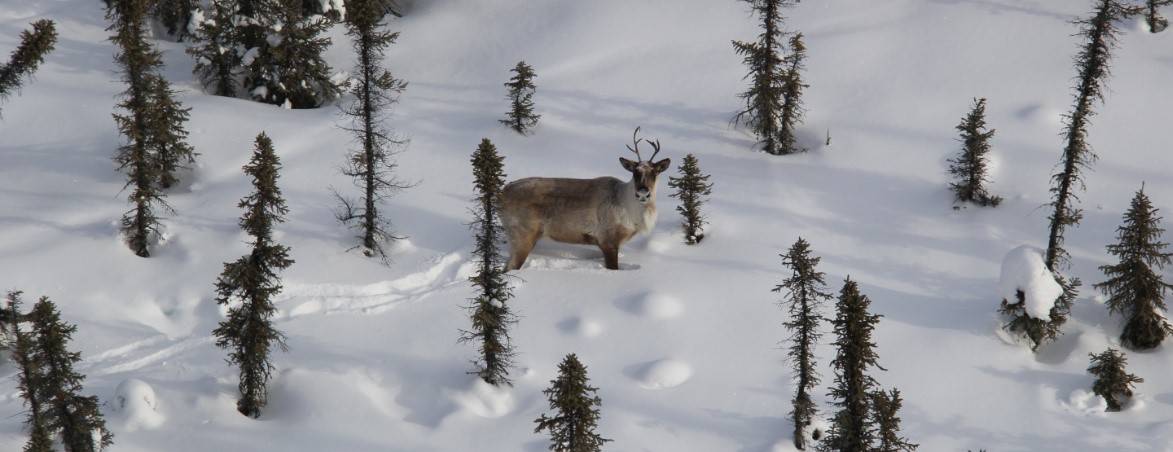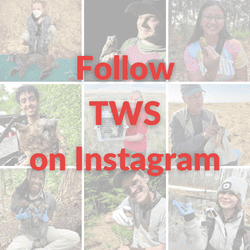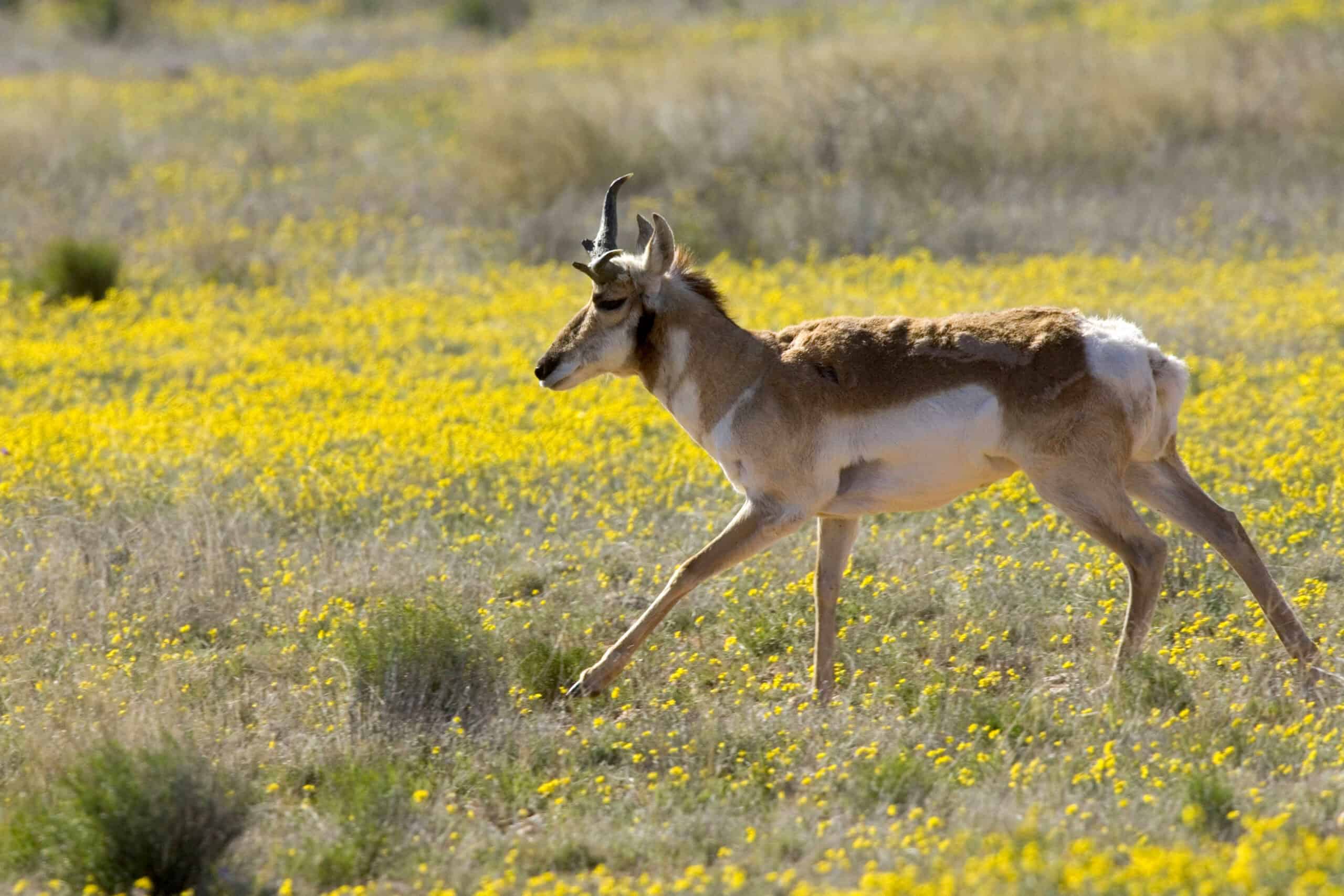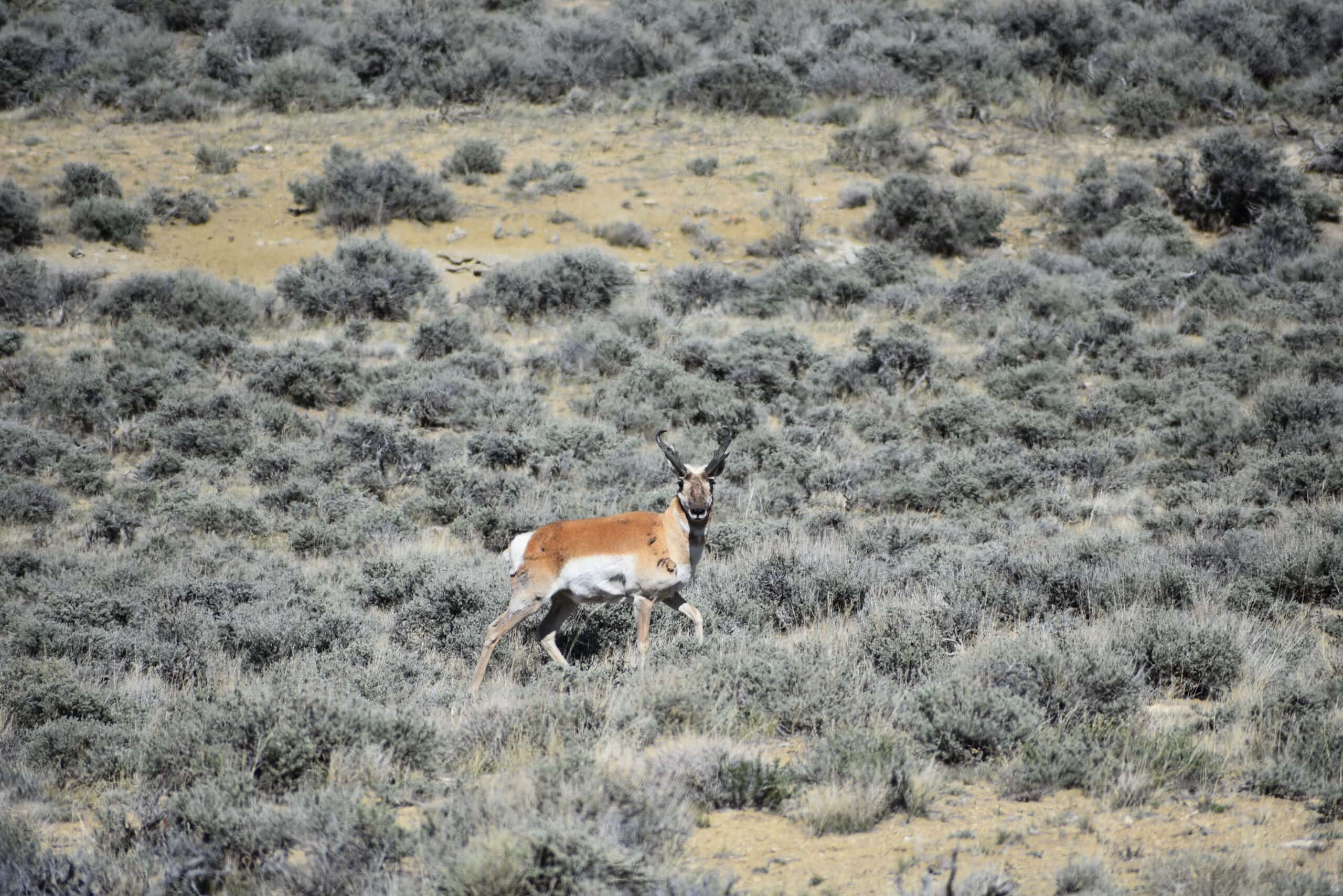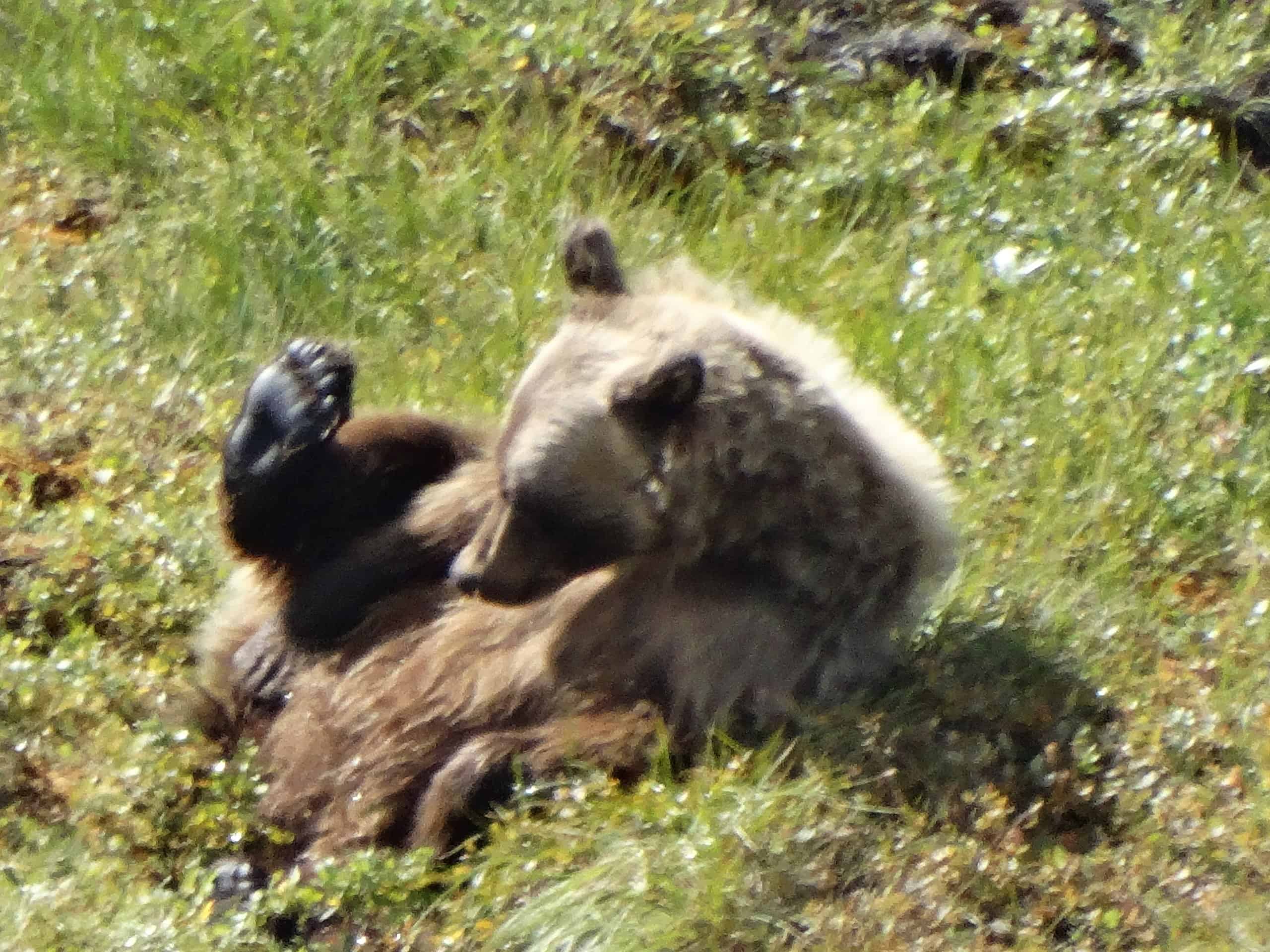Share this article
Wildlife Featured in this article
- Boreal caribou
- Barren-ground caribou
TWS 2023: Roads change caribou movement in Northwest Territories
Researcher tracked how the ungulates moved before, during and after construction in Northwest Territories
Boreal caribou in the Northwest Territories have led unimpeded lives for much of their existence. But roads—whether seasonal, temporary winter roads or more permanent gravel or paved highways—have crept into parts of the Canadian territory that were previously vehicle-free.
One such road, the Tłı̨chǫ All-Season Road (ASR), was built to replace the winter-only road connecting Highway 3, which runs from between Yellowknife and southern Canada, and the town of Whatì.
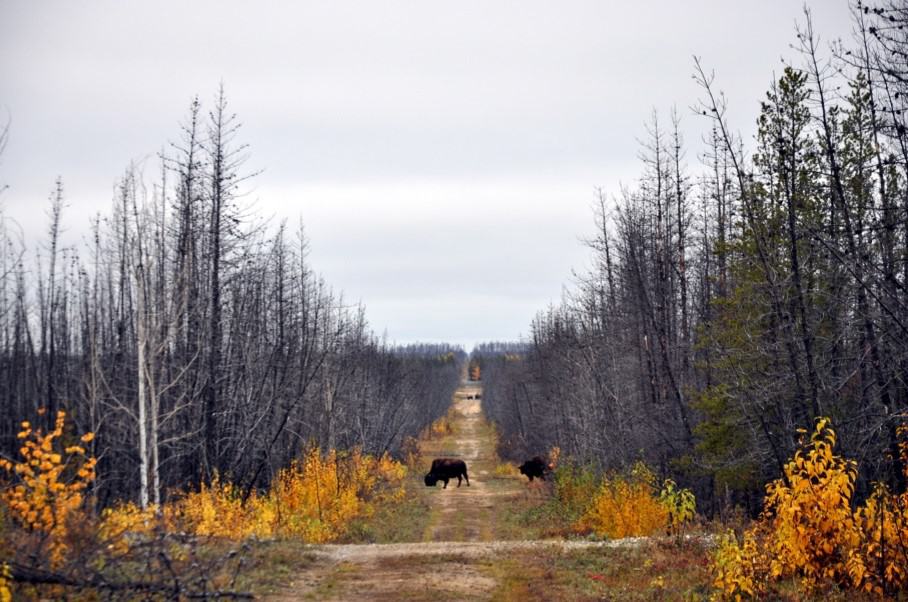
The earlier winter road, used to allow supplies into the town, traveled straight across frozen ground or stretches of ice on river crossings. From 2019 to December 2021, the Tłı̨chǫ ASR was constructed using gravel, generally following the route of the winter road.
Nilanjan Chatterjee, a postdoctoral fellow at the University of Minnesota (UM), and his colleagues John Fieberg from UM and Allicia Kelly, a biologist from the Government of the Northwest Territories, were investigating how this particular road construction might change the movements of foraging caribou northwest of the capital, Yellowknife.

As detailed in a presentation at The Wildlife Society’s 2023 Annual Conference in Louisville, Kentucky, Chatterjee and his colleagues examined GPS data from collared boreal caribou (Rangifer tarandus caribou). The data spanned before, during and after the construction periods of the Tłı̨chǫ road from 2017 to the present.
Boreal caribou in this area don’t travel in the massive herds that barren-ground caribou (R. t. groenlandicus) do farther north. Instead, they typically move in smaller groups of four to 20 individuals in the winter. In the early summer, they are more solitary.
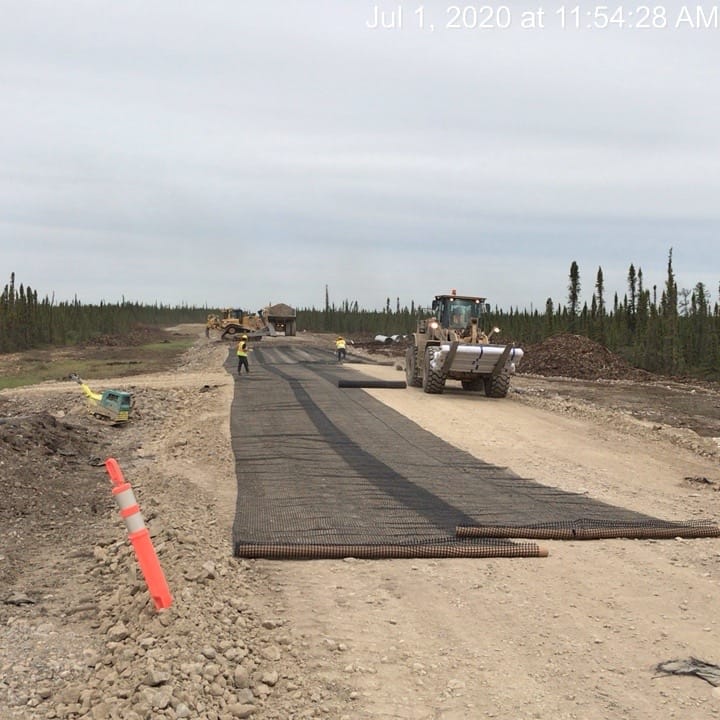
After analyzing data from 60 individuals, the researchers found that the caribou acted differently after the construction of the Tłı̨chǫ gravel road.
The researchers found the rate at which the caribou crossed the roads decreased over time as construction and road use began. The data also showed that the caribou began to approach the road and then turned back more during this time.
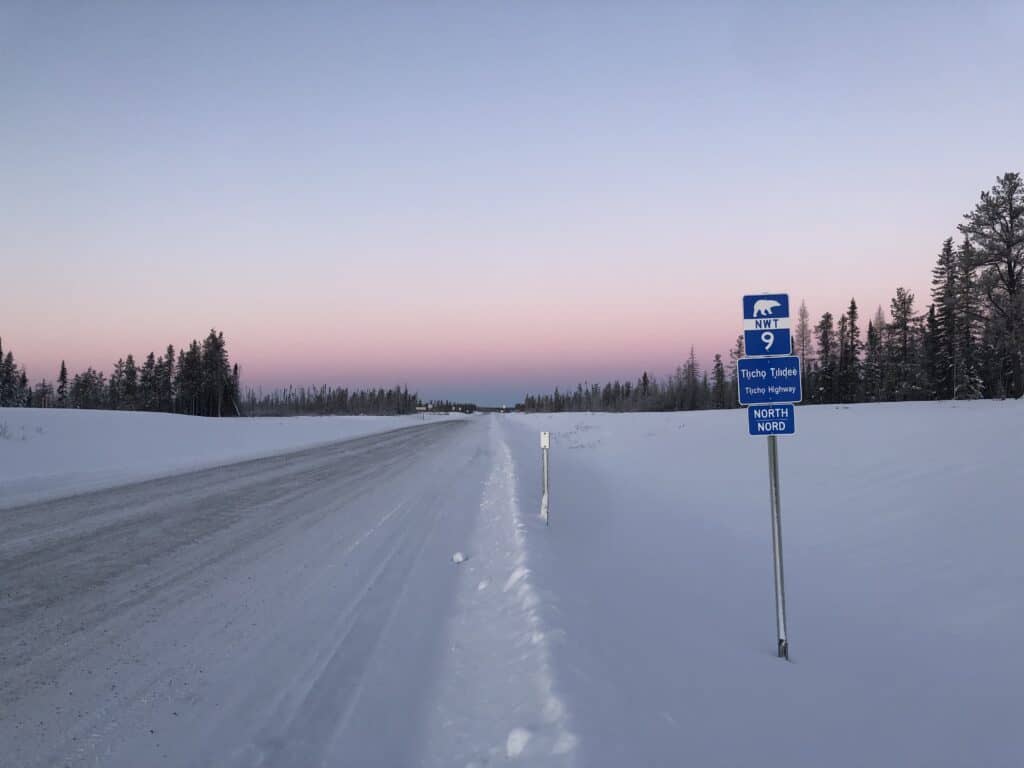
Quicker steps
The team also retrieved more fine-grained information on caribou movement. They found that during and after construction, when caribou were close to the Tłı̨chǫ road area, they seemed to move faster and turn less when they were near the road or crossing it. This likely indicated they were trying to get across quickly whenever they were near, the researchers said.
“Despite the relatively low amount of traffic on the new Tłı̨chǫ All-Season Road, we still detect an impact on caribou movements in proximity to the road,” said Kelly.
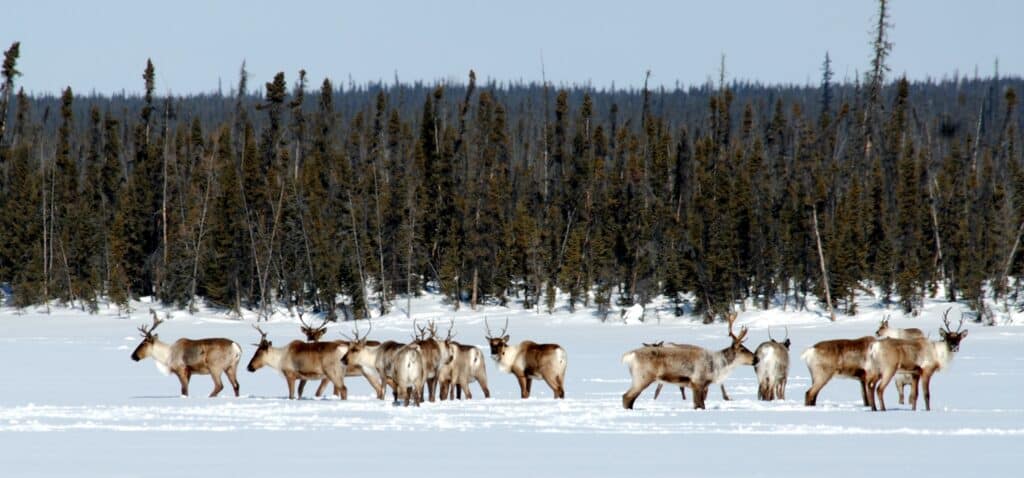
In contrast, near busier Highway 3, the ungulates seemed more hesitant, moving more slowly.
“Near Highway 3, caribou took shorter, more tortuous steps when they were closer to the road and very rarely crossed the road,” Kelly said.
In the future, she said that it will be interesting to see if the caribou begin to change their behavior along the Tłı̨chǫ road if traffic there gets heavier like it is on Highway 3.
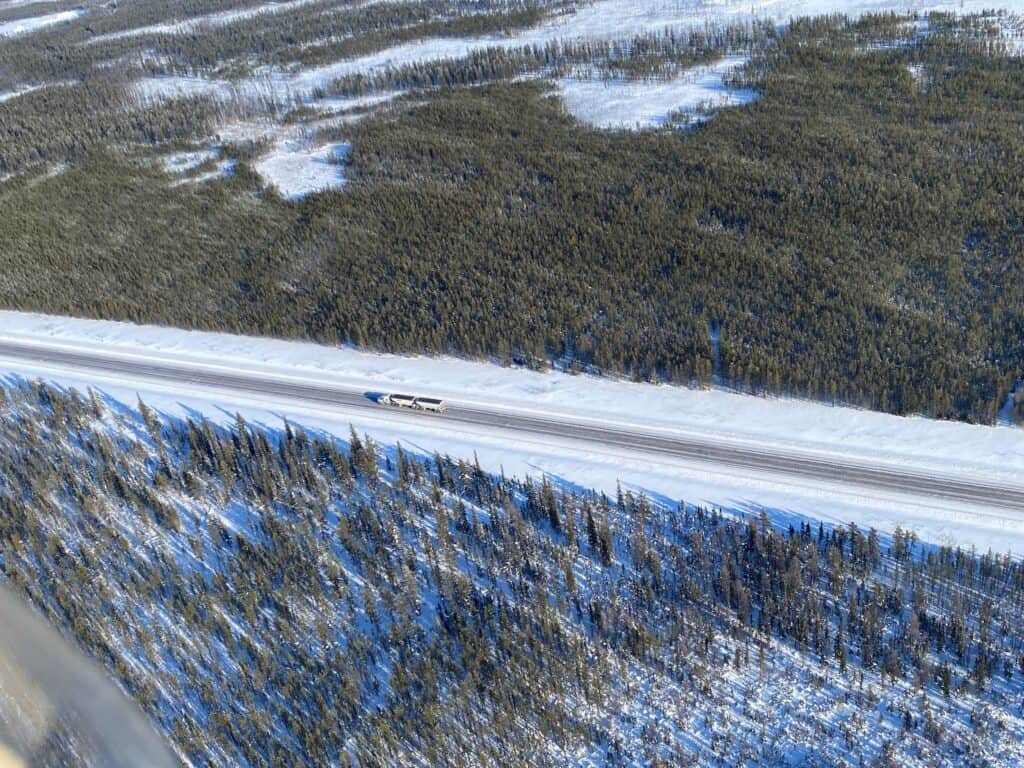
Header Image: Caribou change their movement behavior when roads are built. Credit: A. McLaren/GNWT-ECC



